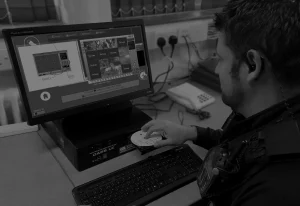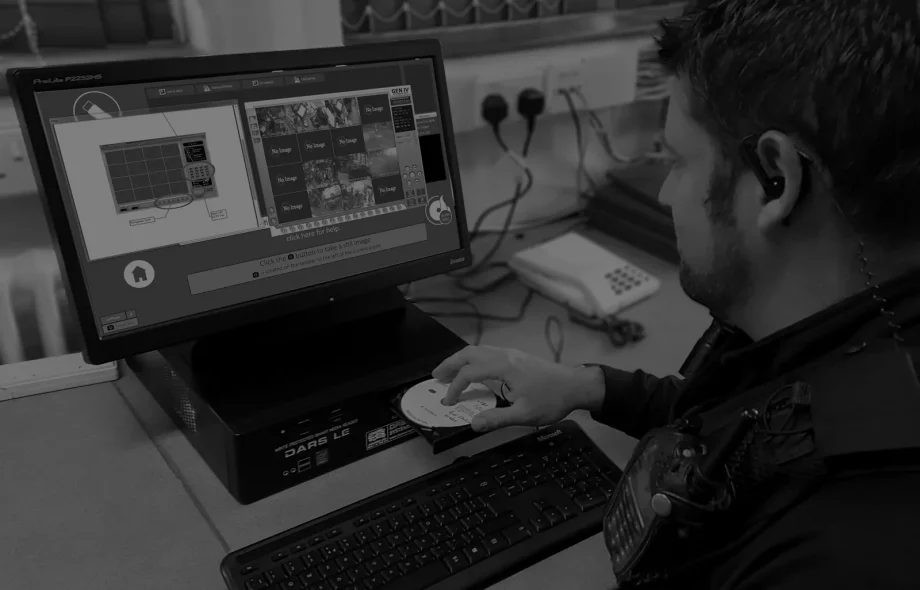In today’s digital age, criminal investigations and civil cases increasingly rely on precise digital analysis. Three technologies have become essential to the field of digital forensics: forensics computer systems, DARS (Digital Analysis and Reconstruction System), and photogrammetry. These tools help reconstruct events, authenticate media, and extract critical evidence with accuracy and objectivity. This blog explores how these technologies function and their practical applications in forensic science.
Understanding the Foundation: What Is a Forensics Computer?
Digital Evidence and the Forensics Computer
A forensics computer is a specialized machine used to acquire, preserve, and analyze digital evidence without altering the original data. These computers are equipped with write-blockers, high-speed processors, and forensic software that ensure data integrity during the investigative process.
Use Cases Include:
- Hard drive imaging and recovery
- Email and document forensics
- Malware tracing
- File timeline reconstruction
Importance in Legal Investigations
Forensics computers serve as the backbone of digital evidence handling, especially when chain of custody and admissibility are on the line. Their precision and reliability make them essential in both civil litigation and criminal prosecution.
The Power of DARS in Event Reconstruction
What Is DARS?
DARS, or Digital Analysis and Reconstruction System, is a forensic tool that aids experts in reconstructing and analyzing digital events using synchronized video, metadata, and sensor inputs. It’s often applied in traffic collisions, law enforcement encounters, and other time-sensitive events.
How DARS Enhances Accuracy
DARS aligns various data sources—like surveillance footage, GPS logs, or dashcam video—onto a common timeline. Investigators can play back the scene as it unfolded, frame by frame, with synchronized angles and real-time metadata. This timeline-based reconstruction is critical in establishing facts, spotting inconsistencies, and verifying witness accounts.
Applying Photogrammetry in Forensic Investigations
The Science Behind Photogrammetry
Photogrammetry is the process of extracting measurements and spatial data from photographs. In forensics, it is used to create 2D and 3D models of crime scenes, accident sites, or objects, based on image data from multiple angles.
Forensic Advantages of Photogrammetry
Photogrammetry provides several benefits in investigations:
- Non-invasive scene documentation
- Scalable measurements from digital images
- 3D reconstructions of environments or body positions
- Evidence validation through visual analytics
Photogrammetry complements both forensics computer analysis and DARS by offering geometrical accuracy and visual context to digital reconstructions.
Conclusion
Forensics computer systems, DARS, and photogrammetry form a robust trio in the modern forensic toolkit. Together, they help professionals analyze complex events, verify evidence integrity, and present findings in court-ready formats. As digital evidence becomes more prevalent, understanding and utilizing these technologies is not just beneficial—it’s essential.
FAQs
What is a forensics computer used for?
A forensics computer is designed to safely extract and analyze digital data from devices involved in investigations, ensuring data is not modified during the process.
How does DARS help in crime scene reconstruction?
DARS synchronizes video, GPS, and sensor data to recreate a digital timeline of events, allowing for detailed scene analysis and factual verification.
Can photogrammetry be used in court?
Yes, photogrammetry is widely accepted in courts due to its ability to produce accurate 3D models and measurements derived from photographs.
Are these tools only used in criminal investigations?
No. These forensic technologies are also used in civil litigation, accident reconstruction, fraud analysis, and corporate investigations.
How does photogrammetry differ from traditional photography in forensics?
While traditional photography documents the scene, photogrammetry analyzes spatial relationships and measurements within the images, offering data-rich 3D reconstructions.
 :
https://vimeo.com/user13913543
:
https://vimeo.com/user13913543

